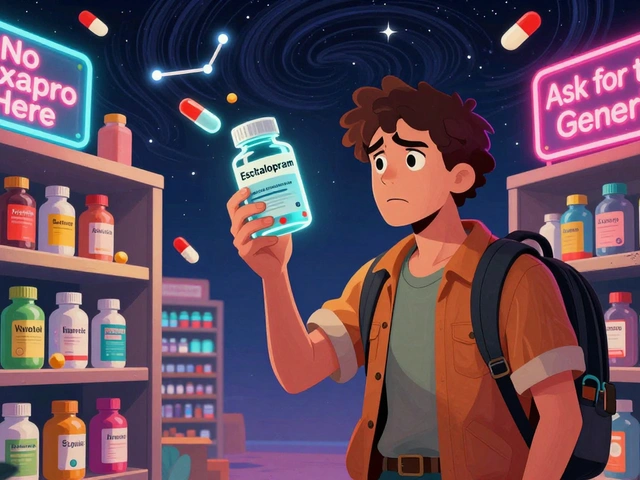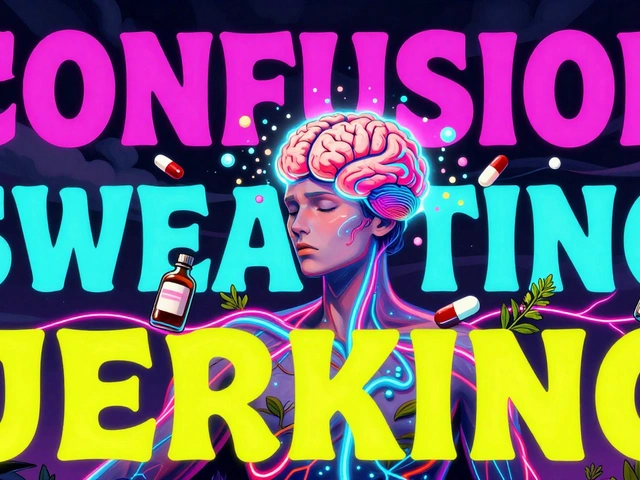Quinolone Antibiotics: What They Are, How They Work, and What You Need to Know
When your body fights a stubborn bacterial infection, quinolone antibiotics, a class of synthetic antibiotics used to treat serious bacterial infections like urinary tract infections, pneumonia, and certain types of gastrointestinal infections. Also known as fluoroquinolones, they work by stopping bacteria from copying their DNA, which kills them or stops them from spreading. Drugs like ciprofloxacin, a widely prescribed quinolone antibiotic often used for urinary and respiratory infections and levofloxacin, a stronger version commonly used for pneumonia and sinus infections fall into this group. These aren’t your run-of-the-mill antibiotics—they’re powerful, often saved for when other drugs fail.
But here’s the catch: quinolone antibiotics don’t just kill bad bacteria. They can mess with your tendons, nerves, and even your heart rhythm. The FDA has issued multiple warnings because some people end up with lasting damage—tendon ruptures, nerve pain, or muscle weakness—even after a short course. That’s why doctors are more careful now. They won’t hand these out for a simple sinus infection or a mild bladder issue. You’ll only get them if the infection is serious, or if other antibiotics have already failed. And if you’re over 60, on steroids, or have kidney problems, your risk goes up. It’s not about fear—it’s about smart use.
What you’ll find in this collection aren’t just generic drug facts. These are real stories and practical guides from people who’ve used these drugs, pharmacists who’ve seen the side effects up close, and patients who had to switch treatments after something went wrong. You’ll read about how quinolone antibiotics compare to alternatives like ceftriaxone or doxycycline, why some people can’t take them at all, and how antibiotic resistance is making these drugs less reliable over time. You’ll also find posts that explain how these drugs interact with other meds—like blood thinners or diabetes pills—and what to watch for if you’re already on multiple prescriptions. This isn’t marketing. It’s what happens when real people and real science meet.
Quinolone Antibiotics and Corticosteroids: The Hidden Risk of Tendon Rupture
Fluoroquinolone antibiotics combined with corticosteroids can increase the risk of tendon rupture by up to 46 times. Learn who’s most at risk, which drugs are most dangerous, and what to do if you’re taking both.





